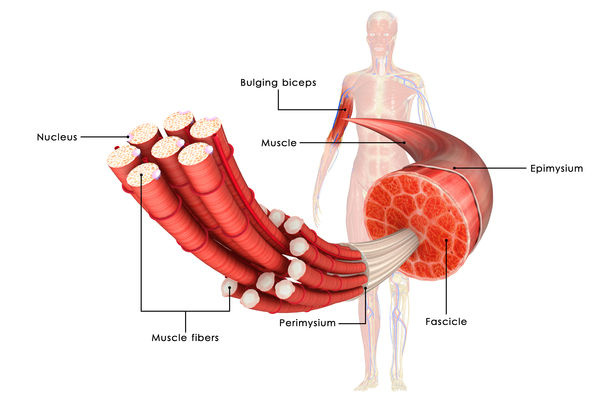Muscle Discorder
Muscle Disorders: Understanding Causes, Symptoms, and Treatment
Muscle disorders can lead to a variety of problems, including weakness, pain, and even paralysis. These disorders can be caused by several factors, such as injury or overuse, leading to sprains or strains.
One significant muscle disorder is muscular dystrophy, a group of diseases that result in progressive muscle weakness and loss of muscle mass. In muscular dystrophy, genetic mutations interfere with the production of proteins necessary for healthy muscle development.

There are several types of muscular dystrophy, with symptoms varying based on the specific type. The most common form typically starts in childhood and primarily affects boys, though some types may not manifest until adulthood.
While there is no cure for muscular dystrophy, medications and therapies can help manage symptoms and slow the disease’s progression
Muscular dystrophy can affect people of all ages, sexes, and races, though Duchenne muscular dystrophy is most common in young boys. A family history of the disease increases the risk of developing the disorder or passing it on to offspring.
Duchenne type muscular disorder
Signs and symptoms, which typically appear in early childhood, might include

Other types of muscular disorder
Some types of muscular dystrophy are defined by a specific feature or by where in the body symptoms begin. Examples include:
- Myotonic. This is characterized by an inability to relax muscles following contractions. Facial and neck muscles are usually the first to be affected. People with this form typically have long, thin faces; drooping eyelids; and swanlike necks.
- Facioscapulohumeral (FSHD). Muscle weakness typically begins in the face, hip and shoulders. The shoulder blades might stick out like wings when arms are raised. Onset usually occurs in the teenage years but can begin in childhood or as late as age 50.
- Congenital. This type affects boys and girls and is apparent at birth or before age 2. Some forms progress slowly and cause only mild disability, while others progress rapidly and cause severe impairment.
- Limb-girdle. Hip and shoulder muscles are usually affected first. People with this type of muscular dystrophy might have difficulty lifting the front part of the foot and so might trip frequently. Onset usually begins in childhood or the teenage years.
Causes
- Certain genes are involved in making proteins that protect muscle fibers. Muscular dystrophy occurs when one of these genes is defective.
- Each form of muscular dystrophy is caused by a genetic mutation particular to that type of the disease. Most of these mutations are inherited.
Complications
- Trouble walking. Some people with muscular dystrophy eventually need to use a wheelchair.
- Trouble using arms. Daily activities can become more difficult if the muscles of the arms and shoulders are affected.
- Shortening of muscles or tendons around joints (contractures). Contractures can further limit mobility.

